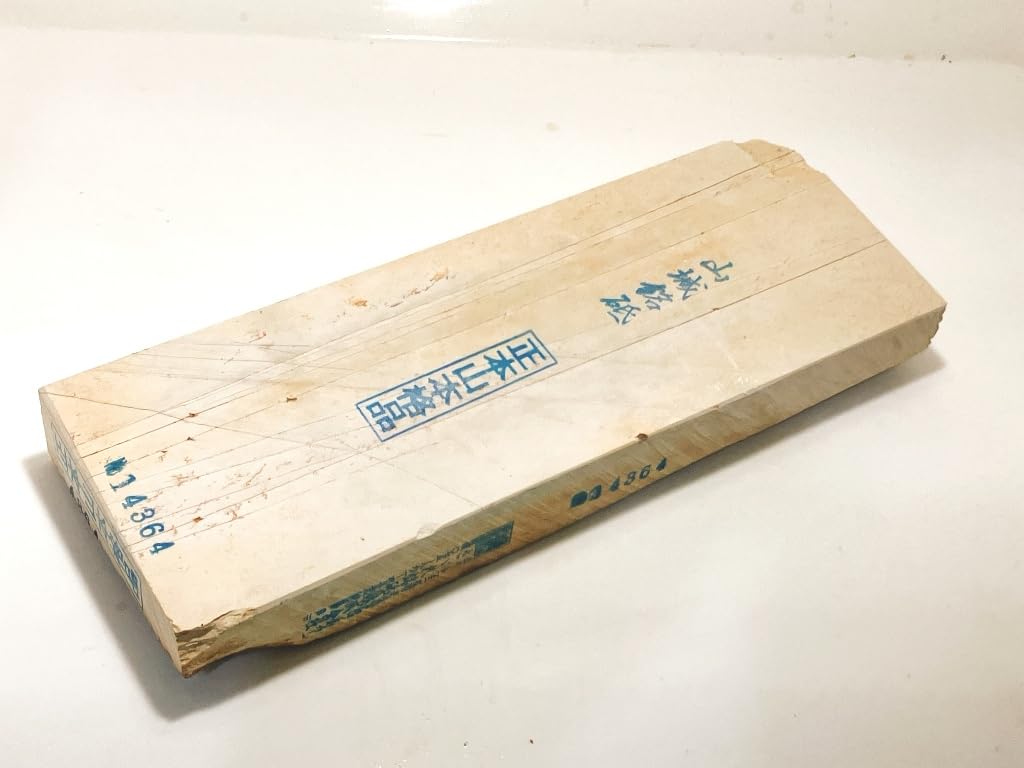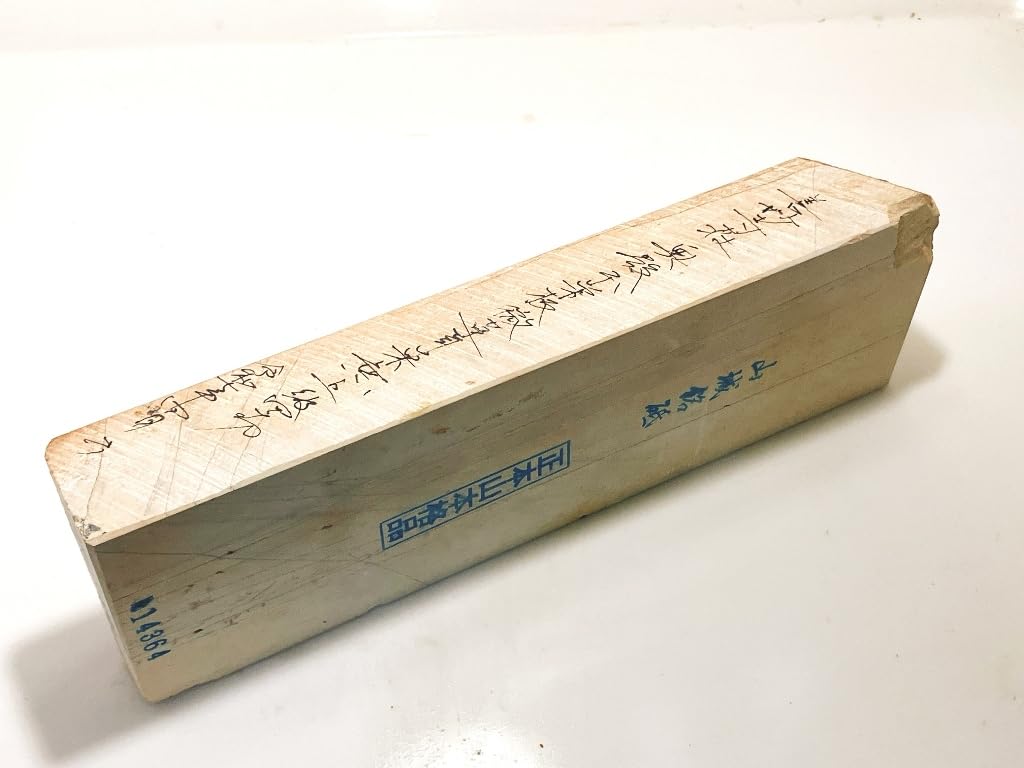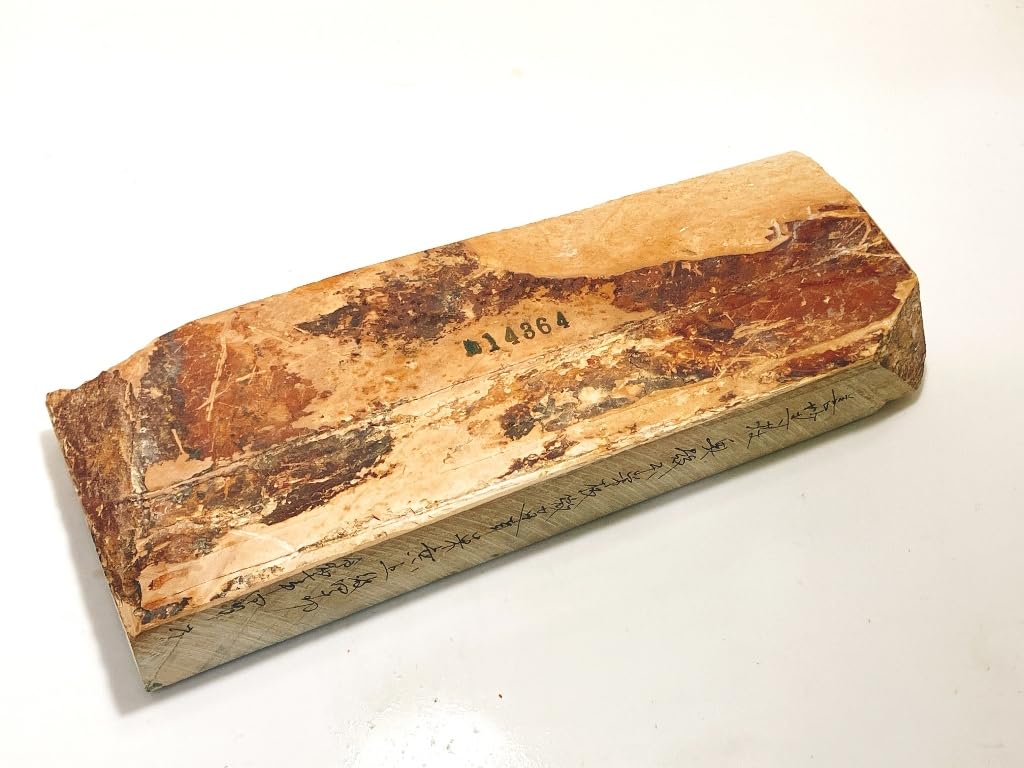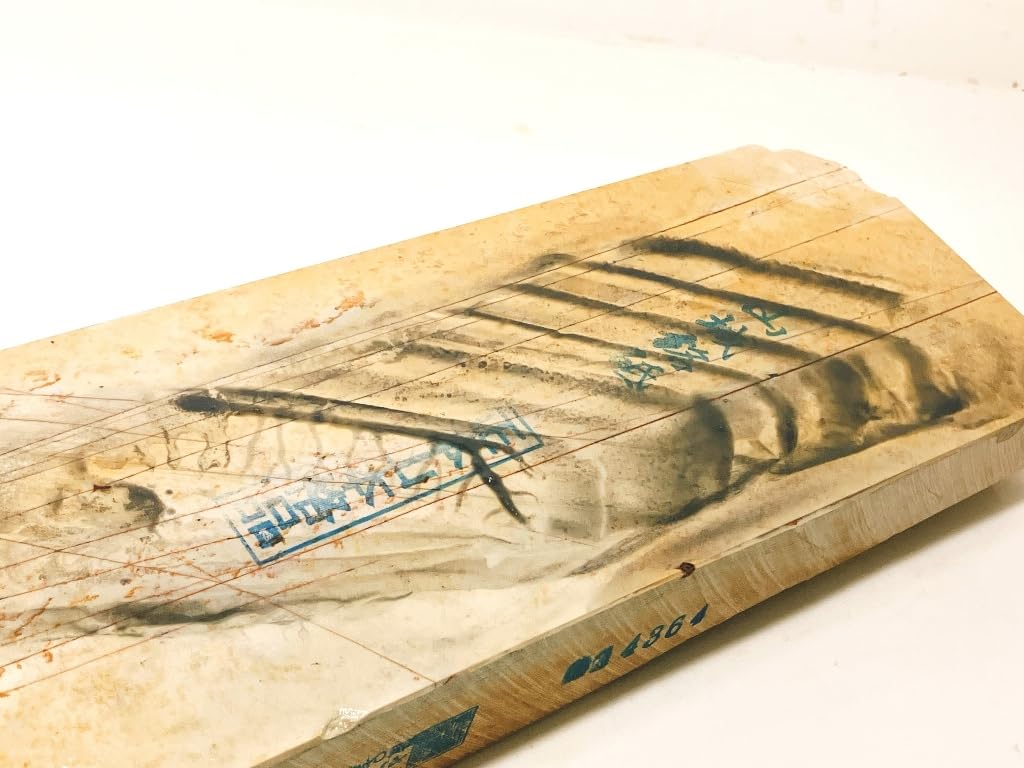Product Description
Natural whetstones from Yamashiro Province, now part of Kyoto City, originate from the invention of the Japanese sword.
With a history dating back nearly 900 years, dating back to the end of the Heian period, they are known for their exquisite, refined slate-based whetstones.
During the long history of sword-making, they were a vital military resource, controlled by the shogunate from the Kamakura period to the end of the Edo period.
In terms of early modern values, they were heavily associated with arsenals; in modern terms, they were likened to uranium mines, essential for nuclear weapons, and required strict management.
Iyo Province whetstones are said to have been circulating throughout the Seto Inland Sea as early as the Kofun period. They are renowned as the masters of the world's oldest and largest whetstone industry, based on igneous rocks, dating back over 1,500 years.
Japan's whetstone resources are so valuable that they could completely transform a nation and a nation.
Due to its unique iron sand metallurgy, which had a low yield rate due to a shortage of iron ore, and its location as an isolated island in the Far East, the fact that it was the final destination for the introduction of iron was as fatal as losing a limb for the creation of an iron civilization.
A look at Japan's history and traditions proves that the source of its famous whetstones is a consumable item that can be used to craft harder, tougher iron products at will.
Despite its poor location for construction, it boasts the world's oldest and largest wooden structure.
Despite being a latecomer in a remote area, Japan was already home to the world's finest iron products by the Middle Ages, continuing the world of swords for nearly 700 years.
Since most of recorded history belongs to the Iron Age, iron has become our limbs and the very medium for manufacturing.
Japan's current reputation as a nation of manufacturing collectives is perhaps only natural, given that evidence goes back some 1,300 years, dating back to the time of the construction of Horyuji Temple in the ancient Asuka period, proves that the world's finest iron products and artisan tools were already in production.
It is true that in creating iron, people even overcame adversity that could result in the loss of limbs.
The support of famous whetstones, which are hard to replace, rare, endowed with uniqueness and authenticity, eliminated the speed-limiting factor of whether or not steel could be sharpened with the superb performance of whetstones during the development of steel.
If we estimate Japan's various resources using modern values, we would see that it is a resource-rich nation, even though 70% of its land area is covered in mountains and forests.
However, it is precisely because the Japanese archipelago is crowded with five tectonic plates that it has been allowed to produce whetstones in various regions, albeit of varying quality and quantity, in exchange for enduring numerous natural disasters.
Our hearts, having accepted the dominance of a mountainous and majestic natural environment, characterized by both harshness and bountifulness (the carrot and the stick), have instilled in us patience, cooperation, and compromise. This has led to daily worship of nature, a place of gratitude, and the foresight of the eight million gods (who provide various resources and blessings), which may have become the foundation of the Shinto spirit.
This perhaps explains Japan's greatest strengths and charms, not limited to material wealth, and its relative tolerance of different cultures and religions, its ability to absorb and integrate, and its ability to be relatively tolerant of other cultures and religions.
Caution (Disclaimer) > Please Read
Whetstones are consumables. Size: Maximum cross-shaped dimensions.
77 x 215 x 29 mm, 1,120g, Hard and tenacious for tools.
Resale is prohibited. Price. Siliceous slate from Umegahata, Ukyo Ward, Kyoto City, Yamashiro Province, #6,000-24,000 grit. The harder the stone, the more training is required, but the more likely it is to become fine. Due to the rounded, continuous striations, it has a long-lasting sharpness of around 70% and is less likely to become a dull mirror finish with an artificial whetstone grit ratio, making it easier to bring out the contrast resulting from the forge joint, material, and differences in carbon content.
The darker the rock slag, the harder and finer the stone tends to be. The harder the stone, the less self-sharpening it will be, so sharpen it by performing a common Nagura grinding process each time depending on the purpose and level of training.
































